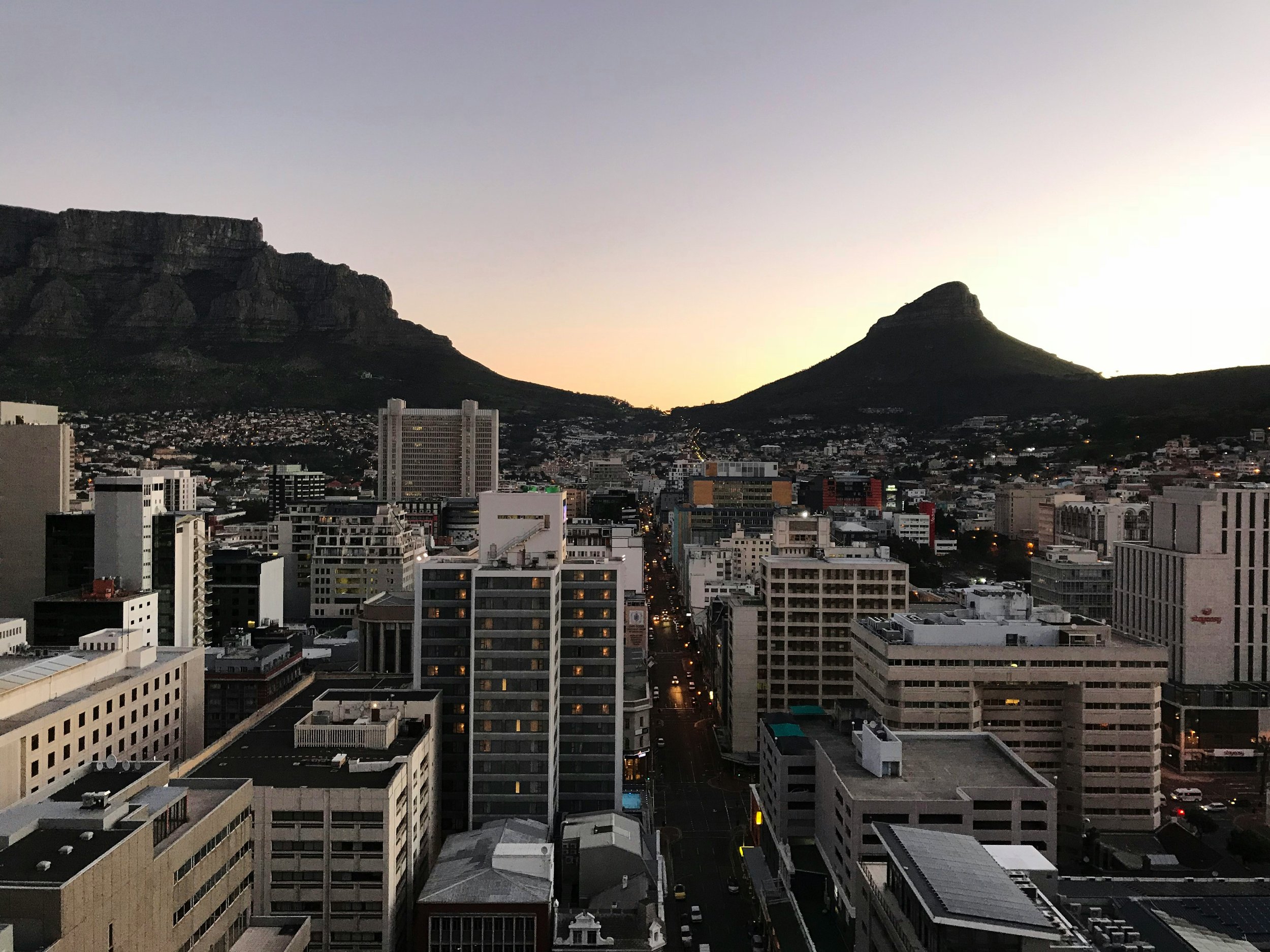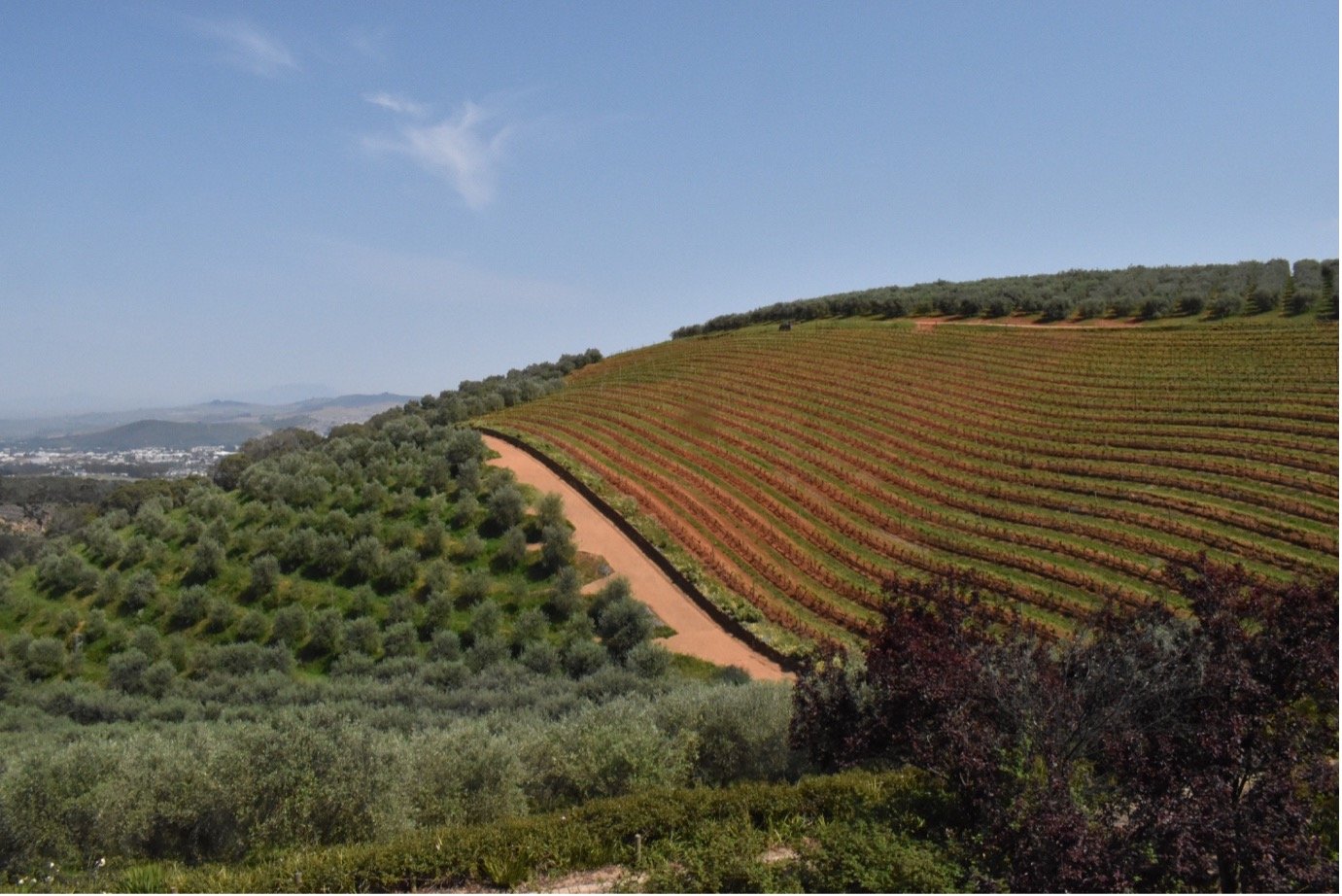CLIMBING TABLE MOUNTAIN In South Africa: The African Wonder

Article by Guest Author Peter Brooker
The last 30 minute climb up the Platteklip Gorge towards the top of Table Mountain will test the resolve of any man. The first hour is done without shade, and the last half an hour the ascent becomes exceptionally steep. All the mountains have names. Table Mountain is so called because the top is flat like a table top.
Devils Peak to the West as you look at from the V&A Wharf side is so called because a man smoked his pipe with someone who completely disappeared before his eyes. He called that person the Devil. And the Lion's Head to the East is so called because the last Lion in Cape Town was shot there.
After a climb of 1086 metres to the top of Table Mountain, we treated ourselves to Mint Ice creams. The food in the cafe looked to be the worst fast food in all of Cape Town.
There is a map showing some of the 650 recorded shipwrecks around the Cabo de Boa Esperanca, or the Cape of Storms. Ships who hug the Cape, to avoid the infamous Roaring 40's latitudes (home to a belt of winds that girdle the globe) are often confronted by equally hazardous conditions on this coast - dense mists, treacherous currents, hidden rocks and shoals.
The perils of this 'chokepoint' that must be passed to round the Cape have made this one of the world's great marine graveyards.
We caught one pugnacious dassie bathing on a rock below. He had a great sheen to his coat and a healthy rump. Many large animals that once ranged across the penisula only a few hundred years ago have gone - the aforementioned extinct Cape lion and quagga, as well as leopard, wild dog, hippo, rhino and even elephant.
However, the elephant's nearest relative survives - the dassie (Dutch for badger). In many ways, dassies can be said to be a keystone species. A vital food source for larger carnivores, their huge communal latrines (rich in moisture, manure and minerals) are also a nucleus for life, attracting insects, rodents, reptiles and their predators in turn.
Slow movers they may seem to be, but when they spy familiar predators such as Black Eagles, female lookouts give a sharp bark and the colony scatters in a flash. Padded feet produce a sticky sweat that helps them to cling to the sheerest rock faces. They also have a remarkable 'collapsible' ribcage that enables them to squeeze into impossibly narrow rock crevices to escape from danger.
One dassie came to join his friend and relieve him of his watch duty. Before I had the chance to take a photo he wheezed in his stomach and fed himself through a hole that was hardly there.
The descent down the mountain took just as long. In total 3 hours up and down. All done for another year.
Founder of this eponymous blog, focusing on men's fashion & lifestyle.











